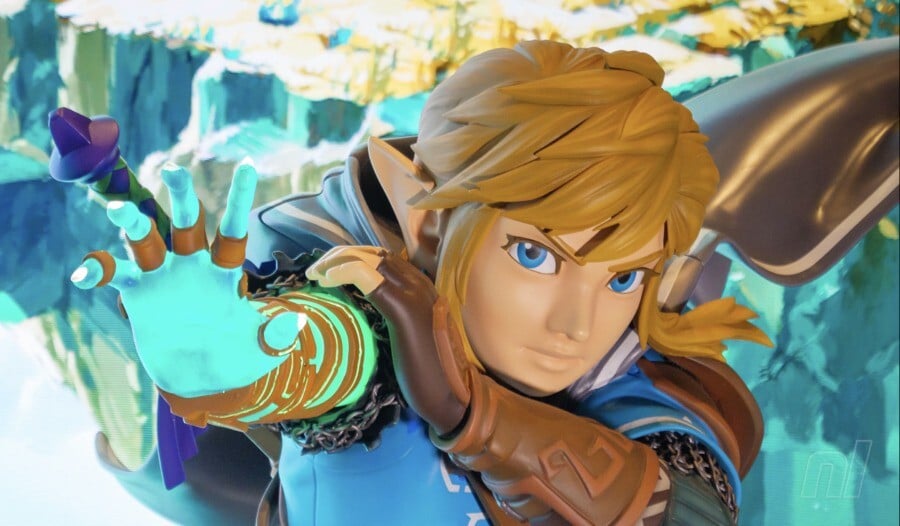
It doesn't take a genius to appreciate that the Ultrahand ability featured in The Legend of Zelda: Tears of the Kingdom is a remarkable feat of technology that completely transformed the way you interact with the land of Hyrule, even if you weren't completely enamoured with the experience itself.
It should come as no surprise, then, to learn that implementing such a vital new mechanic into the game was a rather tricky endeavour for Nintendo during its development (and some folks wonder why it took so long!).
As reported by IGN, TOTK's Senior Director Takuhiro Dohta, Sound Programmer Junya Osada, and Physics Programmer Takahiro Takayama all took part in a GDC (Game Developers Conference) panel to explain how Ultrahand was successfully implemented.
According to Takayama, he knew that the Ultrahand ability would be tricky to master from the moment he saw it in action for the first time, stating "When I first saw the prototype, I was excited that this was going to be a great game, but this was going to be very, very difficult. I said to myself, 'Are we really doing this?'"
During development, Nintendo would come across glitches in which items that weren't physics-based would effectively break, like carts and horses flying up into the air. The solution? Make everything physics-based. This included assets such as gates, which originally weren't physics-based in Breath of the Wild, but were changed so that they could work in conjunction with Ultrahand in Tears of the Kingdom.
Dohta then emphasised that rather than simply creating something fun, the developers wanted to create a sponteneous system that makes fun things happen. This has certainly been evident in the ridiculous contraptions that players have come up with since the game's release; something that wasn't possible to the same degree in previous Zelda games.

